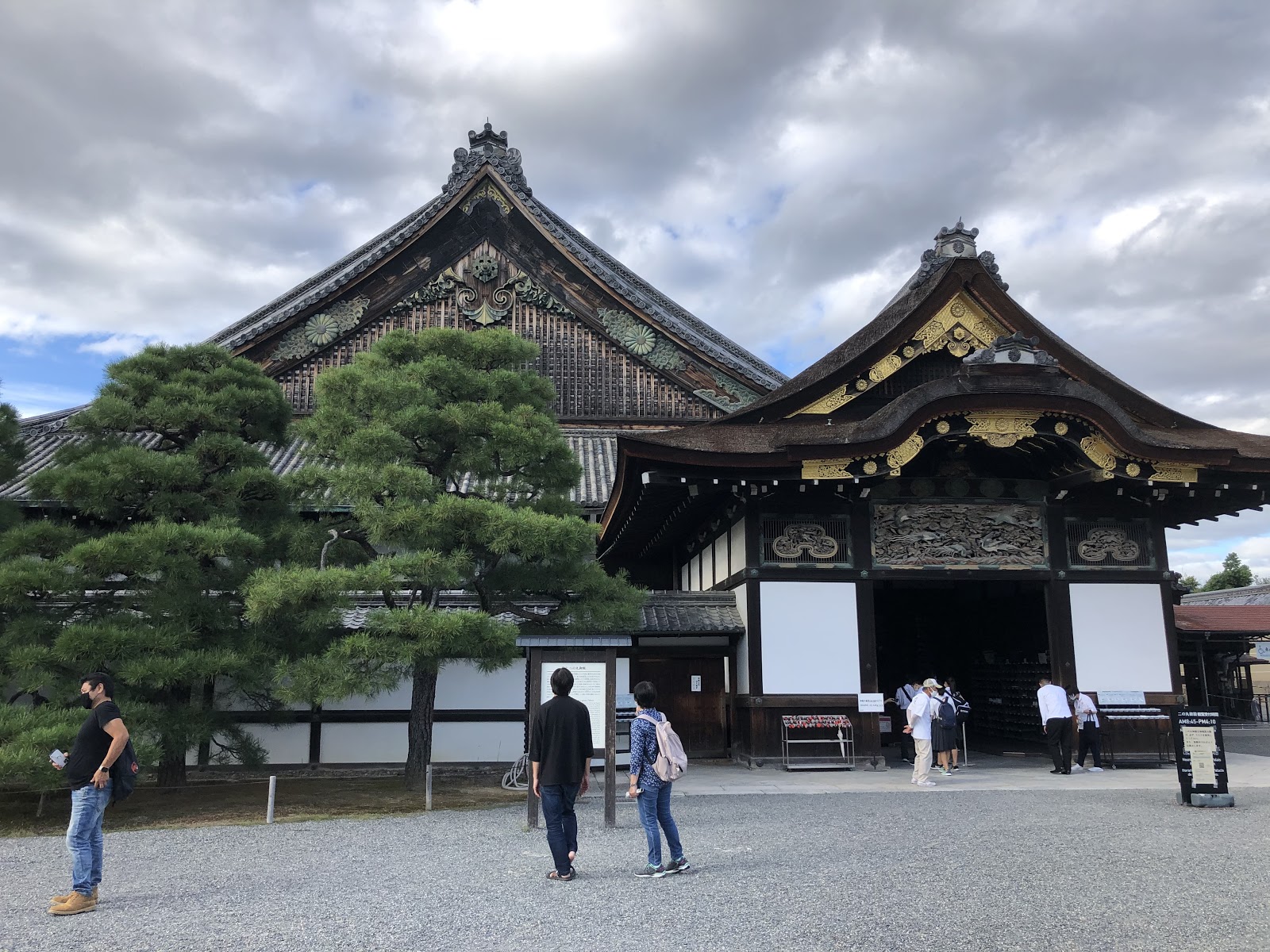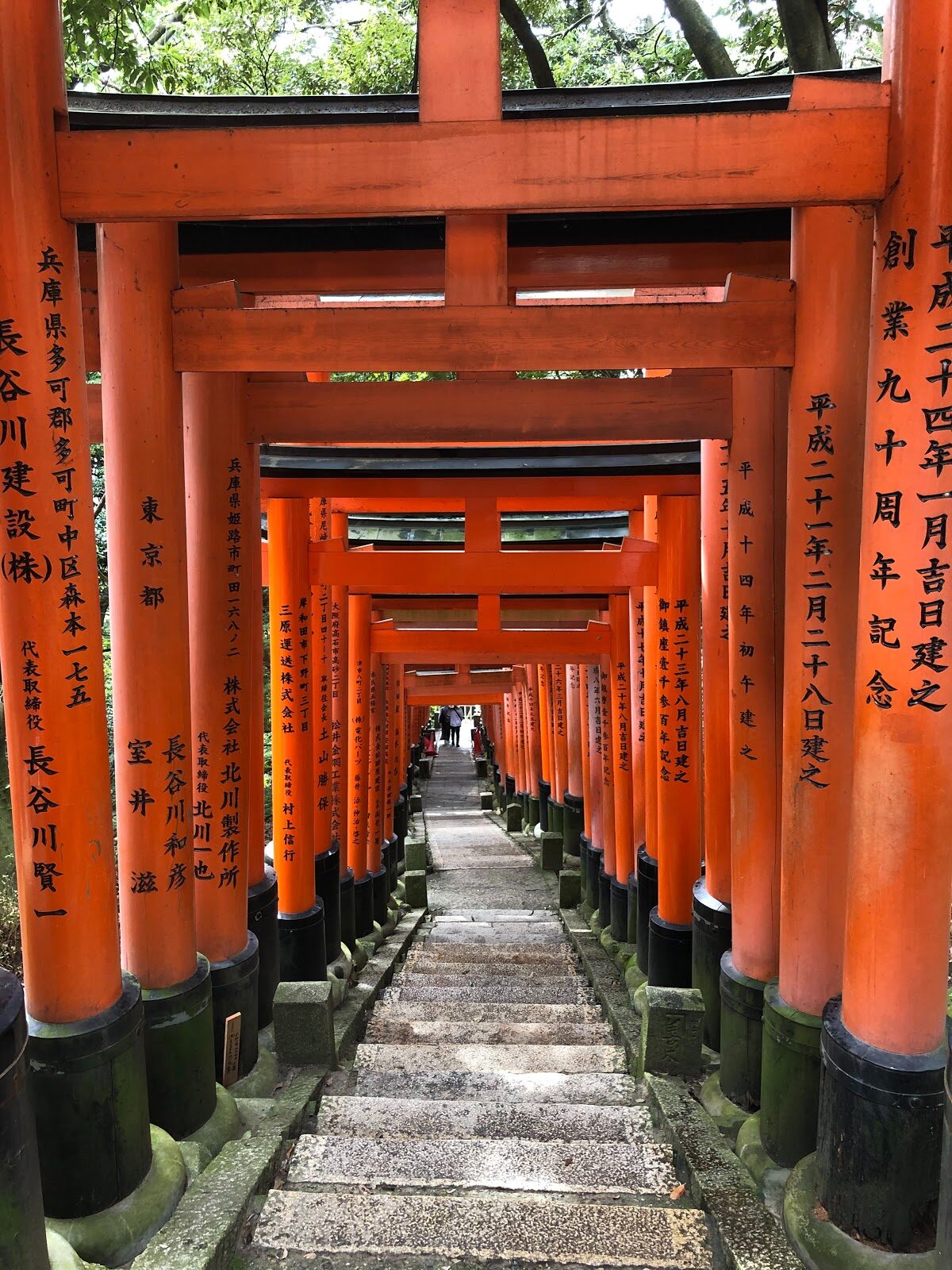
Featured image: Nijo Castle, Kyoto
By Mao Shiotsu
This past summer, I, like many other Yale sophomores, faced a pressing dilemma: to enroll, or not to enroll? Plough through another semester of Zoom University, straining to hear professors over the shrieking of siblings and nagging of parents, or take a leave of absence?
Dreading the thought of another four months in the confines of my home but not liking the sound of “Yale’s Class of 2024” either, I decided on a compromise plan: take a light course load while backpacking through Japan, starting at my home in Tokyo, then traveling southward through Kyoto, Osaka, Nara, Kobe, Fukuoka (where I find myself now), and finally, Nagasaki.
During my month in Kyoto, I visited temples and shrines dating back to the eighth century, toured Nijo Castle where Japan’s three-centuries-long isolation from the rest of the world was declared over in 1868, and paid my respects at the grave of Sakamoto Ryoma, an important samurai in the unification of Japan. Four weeks were not nearly enough to go through all of Kyoto’s historical spots. Even an entire lifetime wouldn’t be enough.
So I had not expected that it would take me only two days to explore the historical sites in Osaka and Kobe, recommended to me tourist magazines and relatives living there. The difference between the three cities, as I found out later, is a consequence of the Second World War. Osaka and Kobe were heavily bombed by the US, leaving much of the cities’ tangible histories destroyed. What remained by the summer of 1945 were stretches of burnt land and rubble.
Kyoto, however, escaped this fate, although it had once been a top contender on America’s list of target cities for the atomic bomb. A few theories explain why Kyoto was spared. The perhaps humanist explanation is that Langdon Warner, an American scholar of East Asian art, pushed for the preservation of Kyoto because the culture and history of Japan’s old capital city were much too important. A less idealistic theory is that this was a political and imperialist move by the US, which feared that bombing Kyoto would foster irreparable Japanese hostility toward the US, leaving Japan open to relations with the USSR.

Whatever America’s true motivations were, however, the fact remains that events from history shape the present-day world. The decisions made by US military officials and political leaders seventy years ago are still reflected in the vastly different cityscapes of Osaka, Kobe, and Kyoto today. And because Kyoto was exempted from America’s gruesome list, Nagasaki’s population fell victim to the atomic bomb instead.
It seems so bitterly unacceptable that a foreign country’s decision should utterly change a nation’s cities, and could wipe out centuries of history. Yet, could events in war, in which there is almost never a single side that is “right” or “wrong,” be measured against the measuring stick of ethics? Or would it be immoral not to? Today, Japan’s relationship with the US is the strongest and most important in Japan’s foreign relations, also a tricky consequence of the war. How should one judge history, when it can hinder progressive steps forward? Where is the space for forgiving, forgetting?
Through this beat blog, I hope to navigate my way through these topics, exploring consequences of diverse events in history, including the atomic bombs, Japan’s interwar-year militarism in East Asia, and Christian persecution in Nagasaki during the Edo period, and attempt to answer how, if we even should, look forward in history.
Mao Shiotsu is a rising sophomore in Jonathan Edwards College. You can contact her at mao.shiotsu@yale.edu.